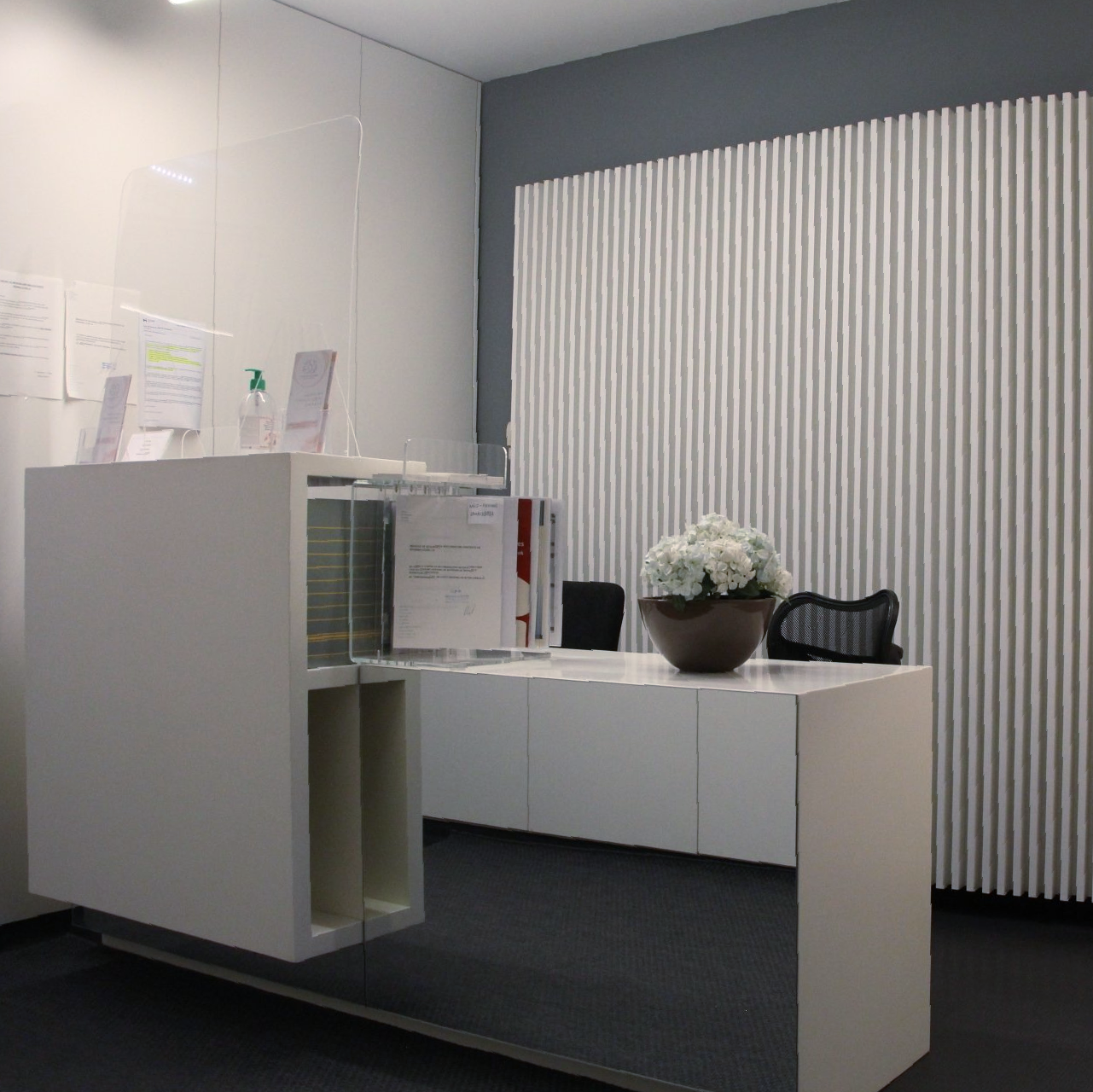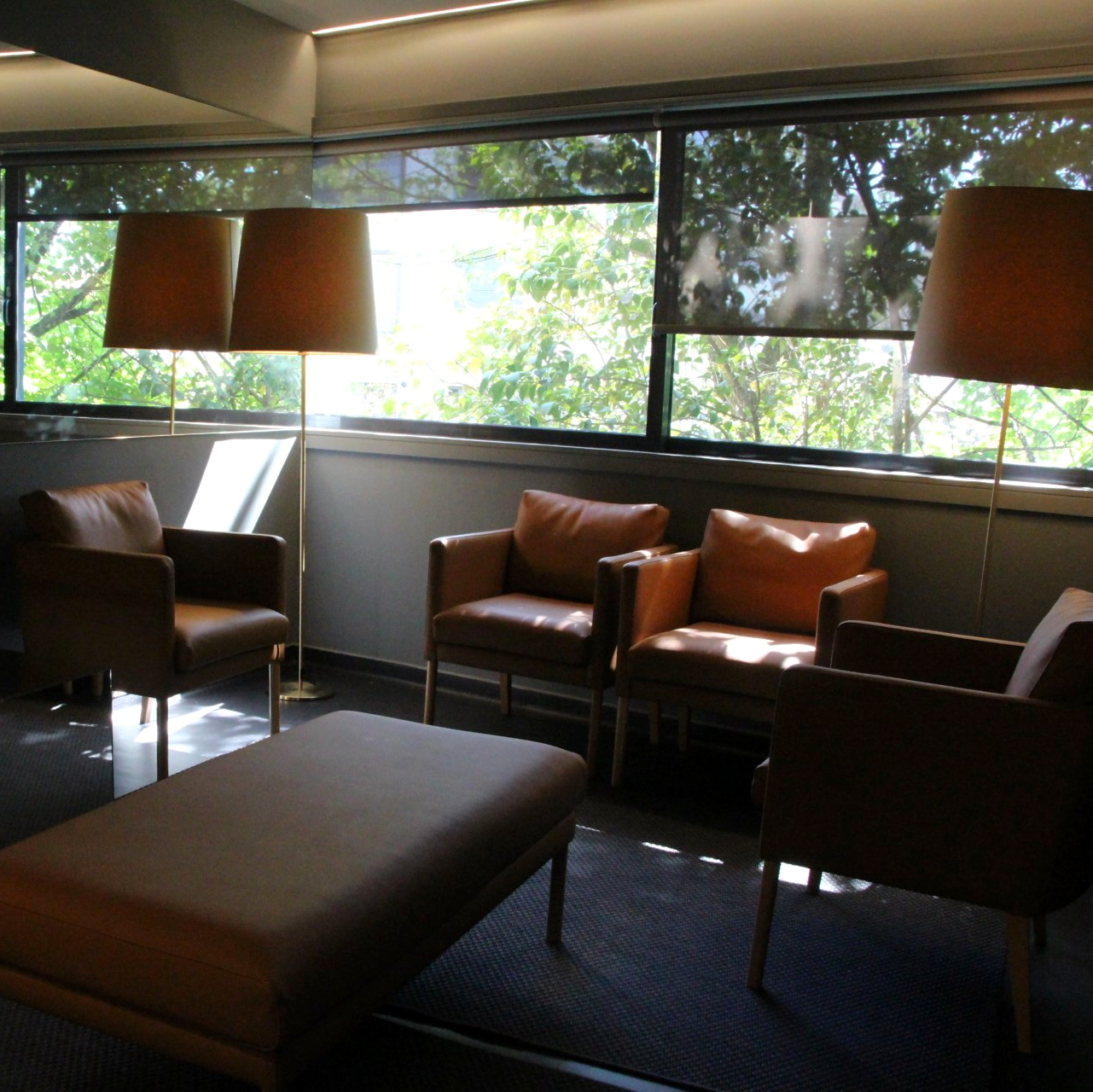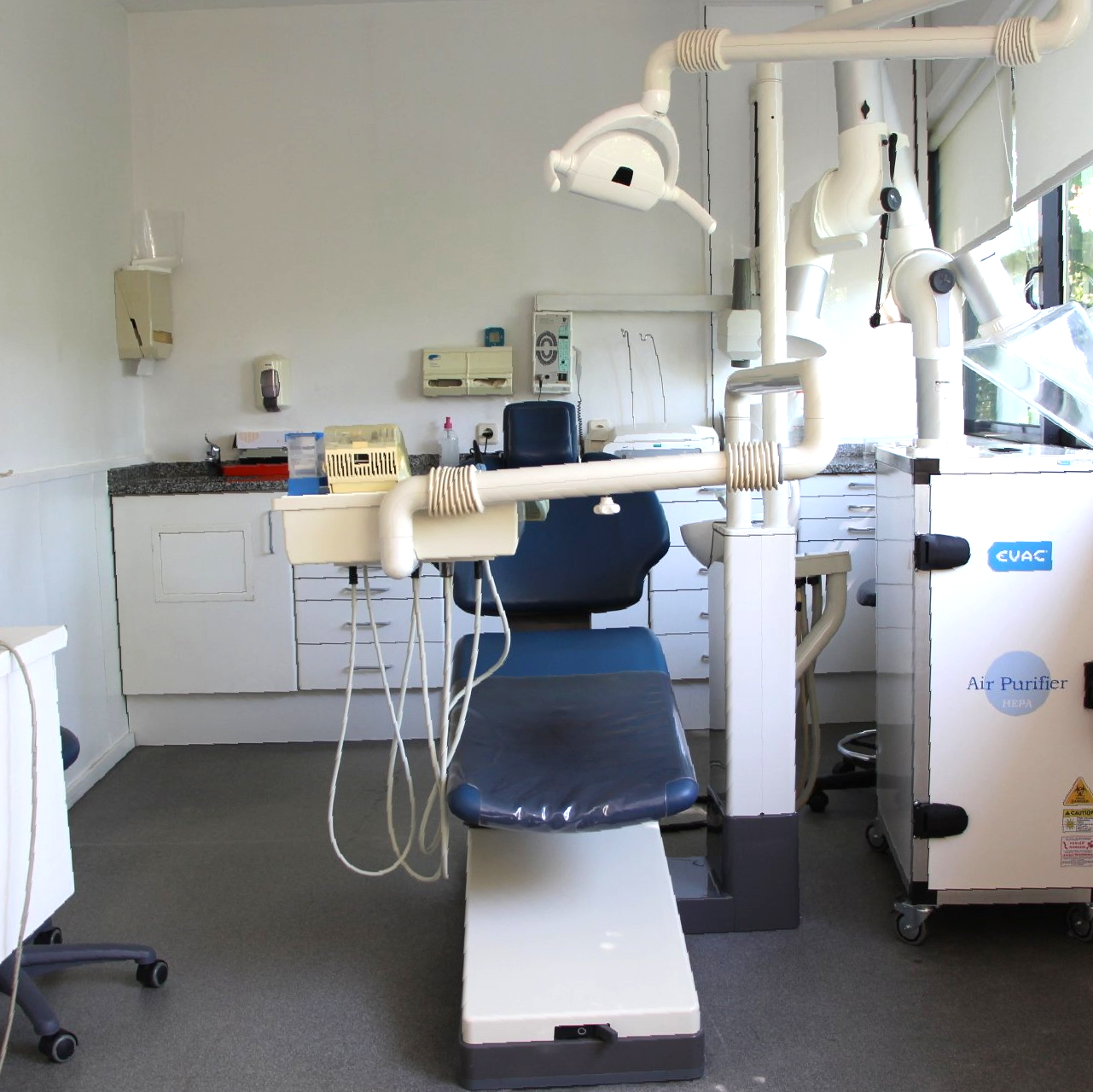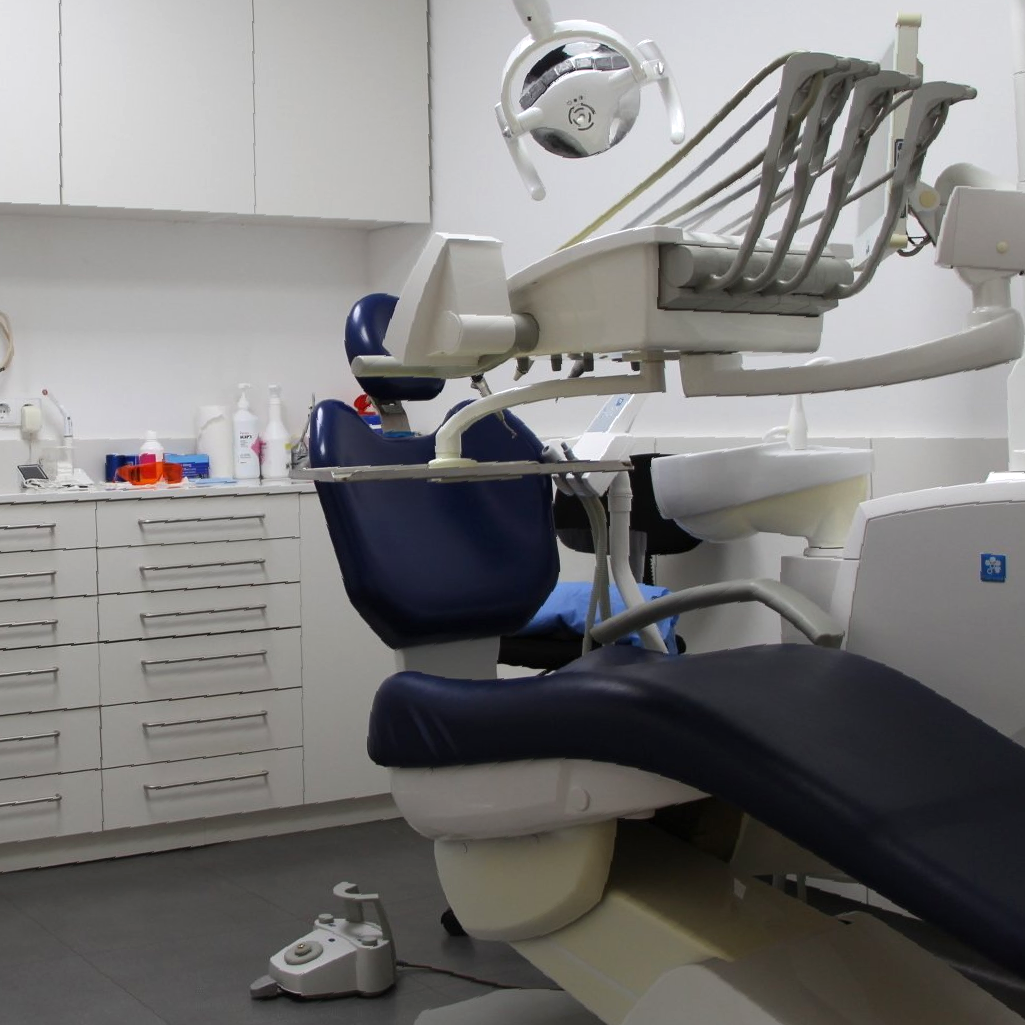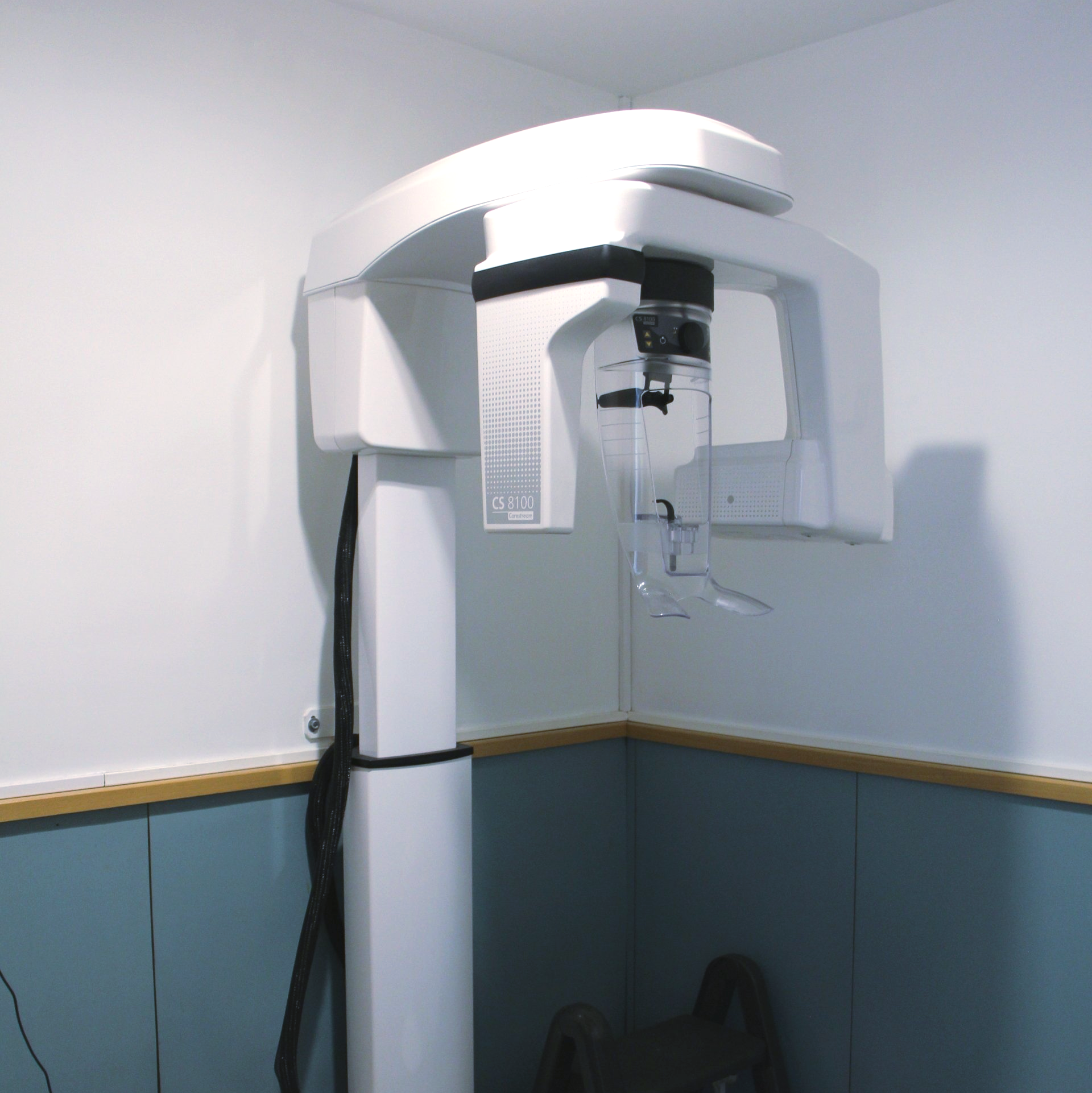FIXED AND REMOVABLE PROSTHESIS
DENTAL PROSTHESIS
The aim is the oral rehabilitation of the patient, typically replacing missing teeth, thereby restoring lost aesthetics, phonetics, and functionality.
With the help of new techniques, these objectives are increasingly achieved with maximum comfort in the use of prostheses.
We can group prostheses into two major categories:
FIXED PROSTHESIS
The objective is to restore, partially or entirely, in a fixed manner (can only be removed by the Dentist), the crown of one or more teeth or replace missing dental pieces. These prostheses are either tooth-supported or implant-supported. They can be single-unit prostheses, bridges (3 or more teeth), or full arch prostheses, made of ceramic (usually Zirconia), with texture and appearance incredibly similar to natural teeth. The main advantages of fixed prostheses over removable ones are greater comfort and aesthetics.
REMOVABLE PROSTHESIS
As the name suggests, the removable prosthesis allows the patient to place or remove it from the mouth. These prostheses are supported directly on the mucosa and, in a certain type of prosthesis, also by the remaining teeth (skeletal prosthesis).
Removable dental prostheses can be:
1. Acrylic prosthesis – made of acrylic resin (teeth and support structure), biocompatible with the supporting gums and other oral tissues. It may have hooks adapted to teeth to aid in retaining the prosthesis.
2. Skeletal prosthesis – in the skeletal dental prosthesis, the support structure is made of metal (chrome-cobalt) and teeth are made of acrylic. It relies on existing teeth for retention. The skeletal prosthesis occupies less space in the mouth and generally does not involve as much food impaction as acrylic prostheses, making it a more comfortable prosthesis for the patient to use.






